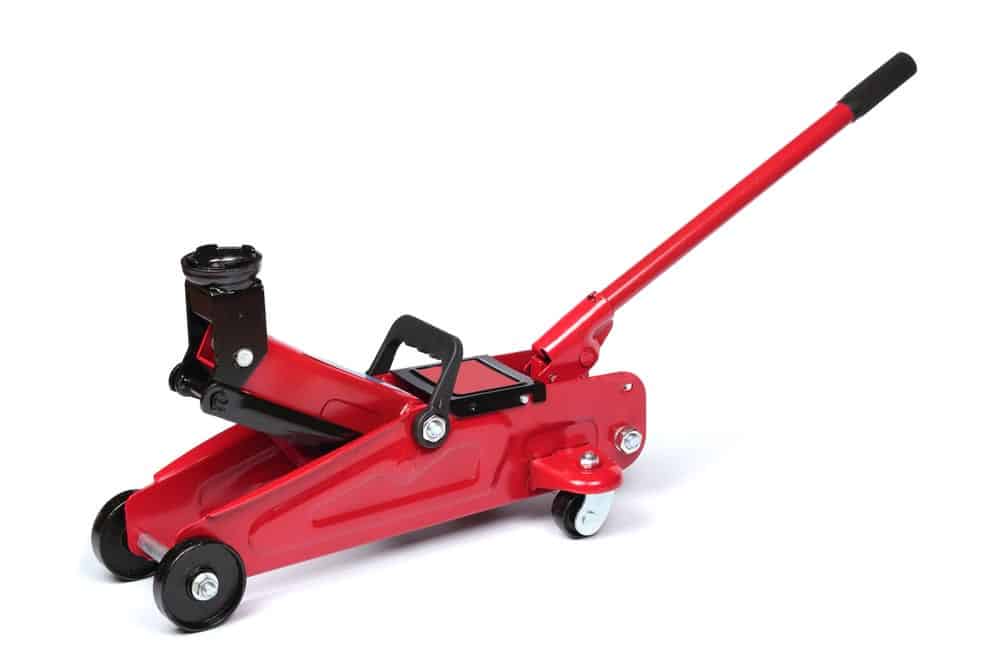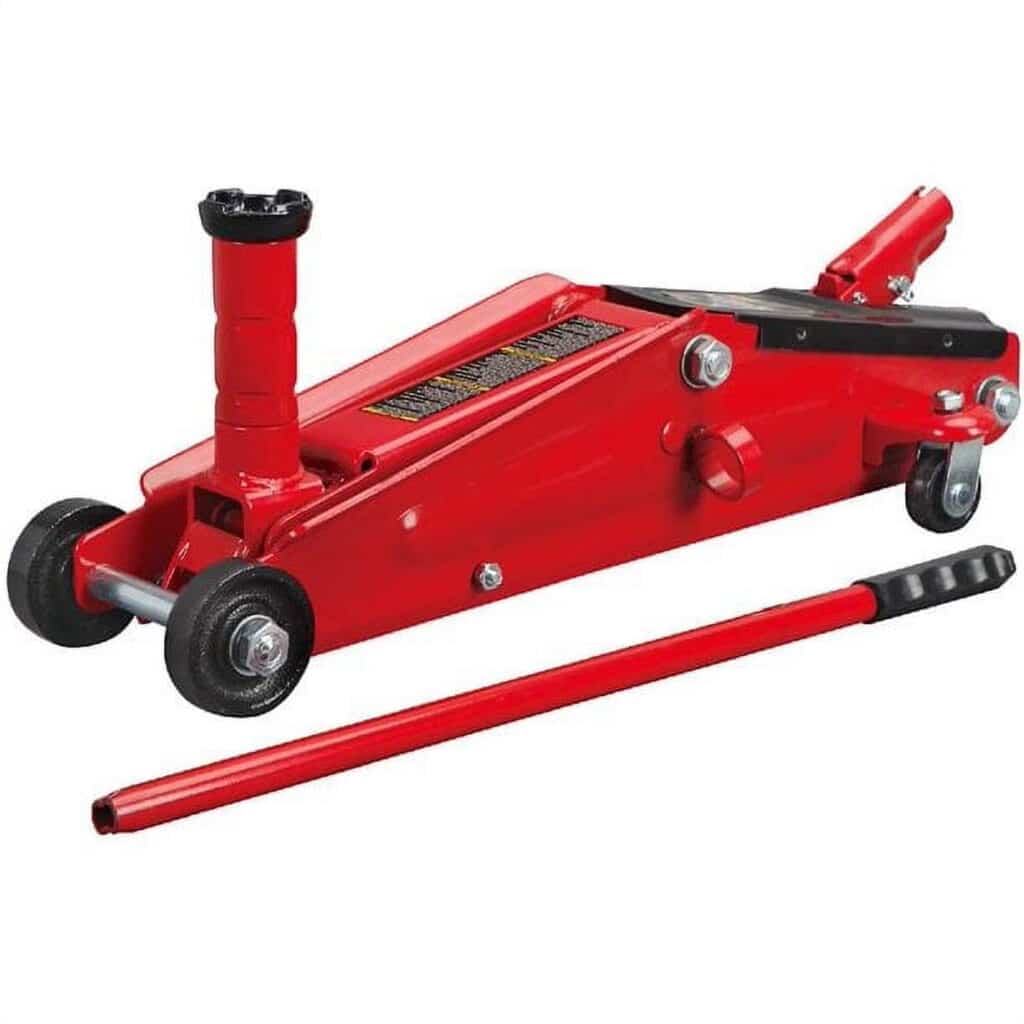Hydraulic jacks are powerful tools used for lifting heavy masses quite without a doubt. They work at the precept of Pascal’s law, which states that once the stress is done to a constrained fluid, the pressure is transmitted equally in all directions. This permits hydraulic jacks to raise heavy gadgets the usage of a small amount of pressure applied to a small place. In this article, we can find out how hydraulic jacks artwork, the different sorts to be had, and the manner to use them very well and efficiently.
How Hydraulic Jacks Work
Hydraulic jacks encompass a cylinder, a pump, and a hydraulic fluid. When pressure is executed to the pump, it pushes the hydraulic fluid into the cylinder, which in flip pushes a piston upwards. This creates strain inside the cylinder, which is transmitted to the lifting arm attached to the piston. As the piston acts upwards, it lifts the heavy item located on the lifting arm.
The key to the overall performance of hydraulic jacks lies in the truth that the pressure carried out to the pump is advanced inside the cylinder. This is because of the difference in the sizes of the pump and cylinder pistons. For example, if the pump piston is 10 instances smaller than the cylinder piston, a force of 10 kilos implemented to the pump will result in a lifting strain of 100 pounds in the cylinder.
How to Use a Hydraulic Jack
Using a hydraulic jack correctly is essential to save you injuries and accidents. Here is a step-with the aid of-step guide on how to use a hydraulic jack:
Choose the Right Jack
Select a hydraulic jack that is suitable for the load of the item you want to decorate. Choosing the proper hydraulic jack is important to make certain secure and powerful lifting operations. The first step is to determine the load of the object you want to raise. Hydraulic jacks are rated based mostly on their lifting capability, which is generally measured in plenty. It is important to choose a jack with a lifting functionality that exceeds the load of the object you propose to elevate to ensure safety.
Next, take into account the type of jack that nicely suits your wishes. Bottle jacks are compact and ideal for lifting automobiles, at the same time as ground jacks are large and more suitable for use in garages and workshops. Consider the lifting peak and variety of the jack, as well as any special functions that may be useful for your specific application. By carefully assessing your lifting necessities and selecting the proper jack for the process, you may make certain secure and efficient lifting operations.
Position the Jack
Place the jack on a strong and degree floor, ensuring that it is located directly below the lifting factor of the object. Positioning the hydraulic jack correctly is crucial to ensure safe and powerful lifting. Start by way of placing the jack on a solid and stage surface, free from any debris or obstructions. Ensure that the jack is placed without delay beneath the lifting point of the object, which includes the vehicle’s jacking factor or the detailed lifting location indicated inside the equipment guide.
Once the jack is in function, double-check its stability and make any necessary modifications. It’s important to avoid using the jack on choppy or sloped surfaces, as this can cause instability and potential accidents. Additionally, continually observe the producer’s hints for the unique jack version you are using to ensure proper positioning and secure lifting.
Pump the Jack

Use the pump handle to pump the hydraulic fluid into the cylinder. Continue pumping until the lifting arm comes into contact with the object. To pump the jack, insert the manager into the pump mechanism and start pumping in an easy, consistent movement. As you pump, you’ll feel resistance because the hydraulic fluid is pressured into the cylinder. Continue pumping till the lifting arm of the jack comes into touch with the object you’re lifting. It’s crucial to pump the jack slowly and calmly to make certain that the lifting manner is controlled and safe.
Once the lifting arm is in touch with the object, test to make certain that the jack is strong and properly located. If the whole thing looks proper, you can keep pumping the jack to raise the item to the desired top. Be sure to keep an eye on the object as you lift it, and forestall pumping in case you notice any symptoms of instability or if the jack feels hard to pump.
Lift the Object
Continue pumping the jack till the item is lifted to the preferred top. Be positive to lift the item slowly and thoroughly to avoid tipping or sliding. Lifting the object with a hydraulic jack calls for careful control and interest in the element. As you pump the jack, you will begin to experience resistance because the hydraulic fluid builds stress. It’s important to pump slowly and step by step to make certain an easy and managed raise. As the lifting arm comes into contact with the item, you can want to modify the position of the jack slightly to ensure it’s miles lifting flippantly. Once the item is lifted to the desired height, it’s important to steady it in the area with the use of guide stands or blocks before acting on any work beneath it.
Lowering the object is simply as essential as lifting it. To lower the object, slowly release the pressure within the jack by way of turning the release valve counterclockwise. Again, it’s critical to decrease the object slowly and punctiliously to avoid any surprising actions. Once the object is properly reduced, you can eliminate the jack and keep it well for future use. By following those steps and paying attention to protection precautions, you could use a hydraulic jack successfully and safely for plenty of lifting responsibilities.
Secure the Object

Once the item is lifted, a location guide stands or blocks under it to stabilize it in location before operating beneath it. Securing the item is a crucial step in using a hydraulic jack accurately. After lifting the item to the desired peak, it is crucial to prevent it from accidentally falling or transferring. To steady the object, location help stands or blocks beneath it. These help gadgets ought to be robust sufficient to bear the burden of the object and strong sufficient to save you from tipping or sliding. Position the guide stands or blocks close to the lifting factors of the object and make sure they are firmly in location before releasing the hydraulic jack’s pressure.
Once the object is securely supported, you can thoroughly paint beneath it or carry out any essential renovation or maintenance. Always double-check that the guide stands or blocks are properly positioned and secure before beginning work. Additionally, be cautious when disposing of the hydraulic jack from under the lifted object to keep it away from destabilizing it. With the object securely supported, you may whole your undertaking with confidence and limit the danger of injuries or accidents.
Conclusion
Hydraulic jacks are flexible equipment that could make lifting heavy items simpler and more secure. By knowing how they paint and following the right safety precautions, you c
ould use hydraulic jacks correctly in loads of programs. Remember to always select the right jack for the activity, use it on a stable floor, and follow the manufacturer’s instructions for safe operation.
